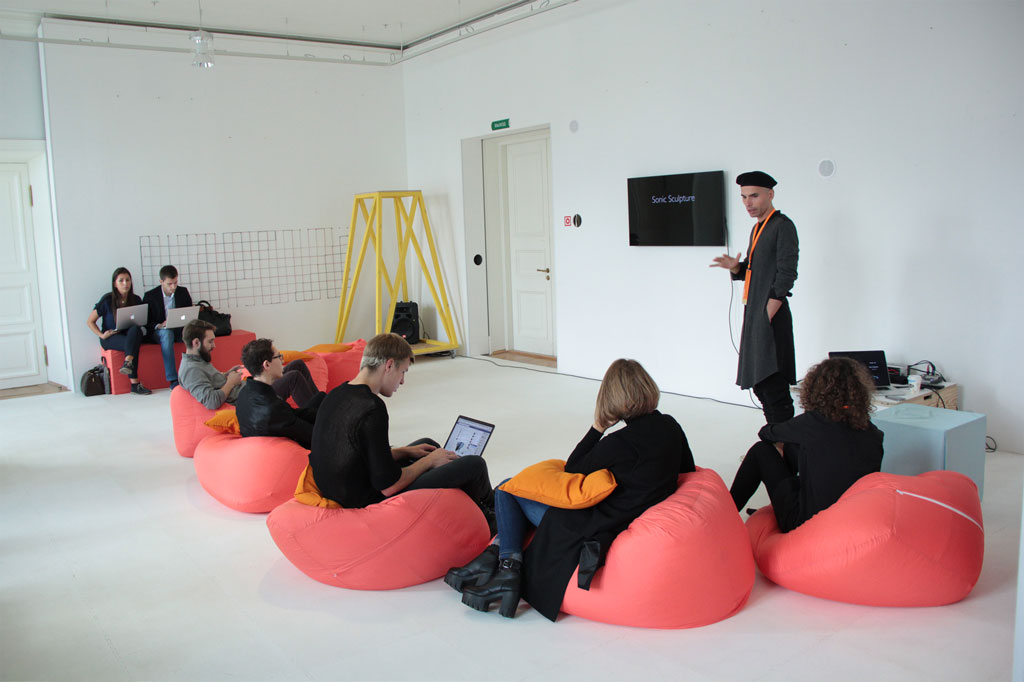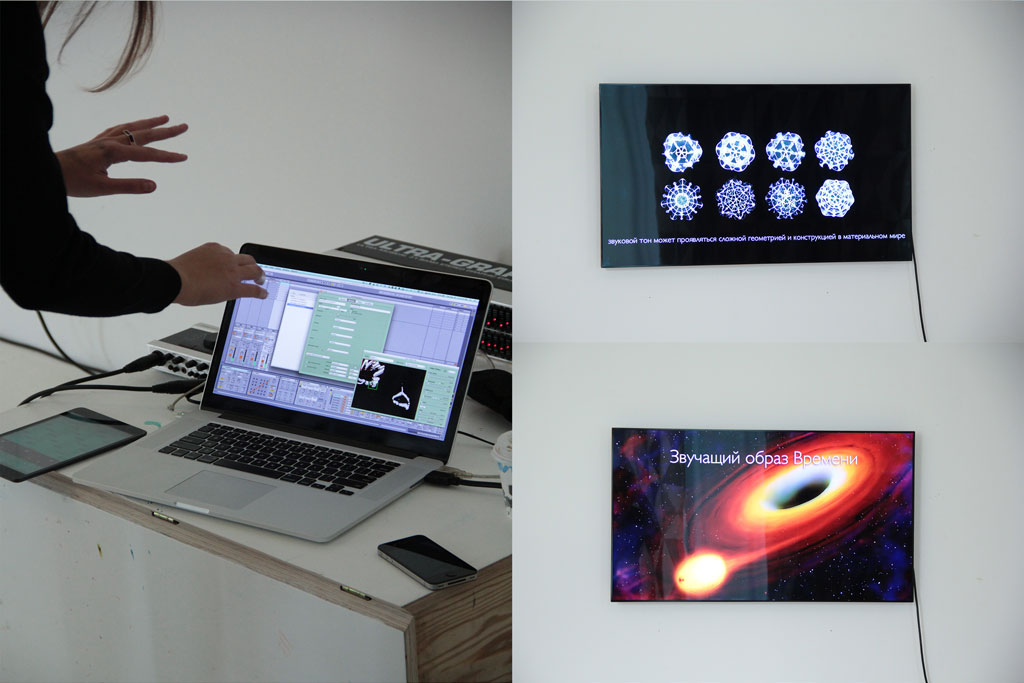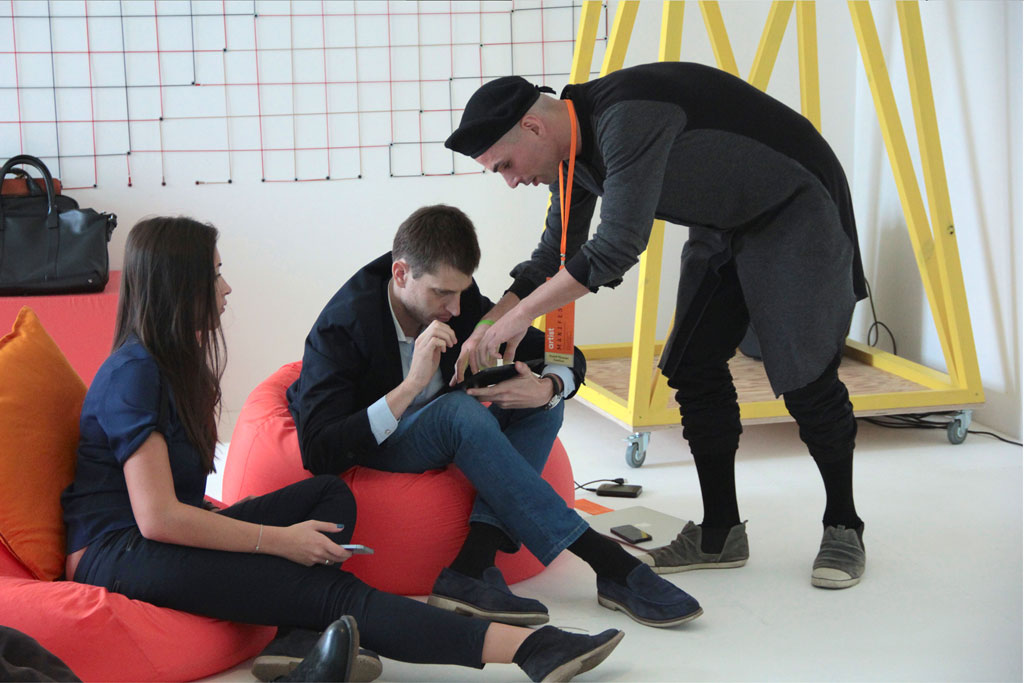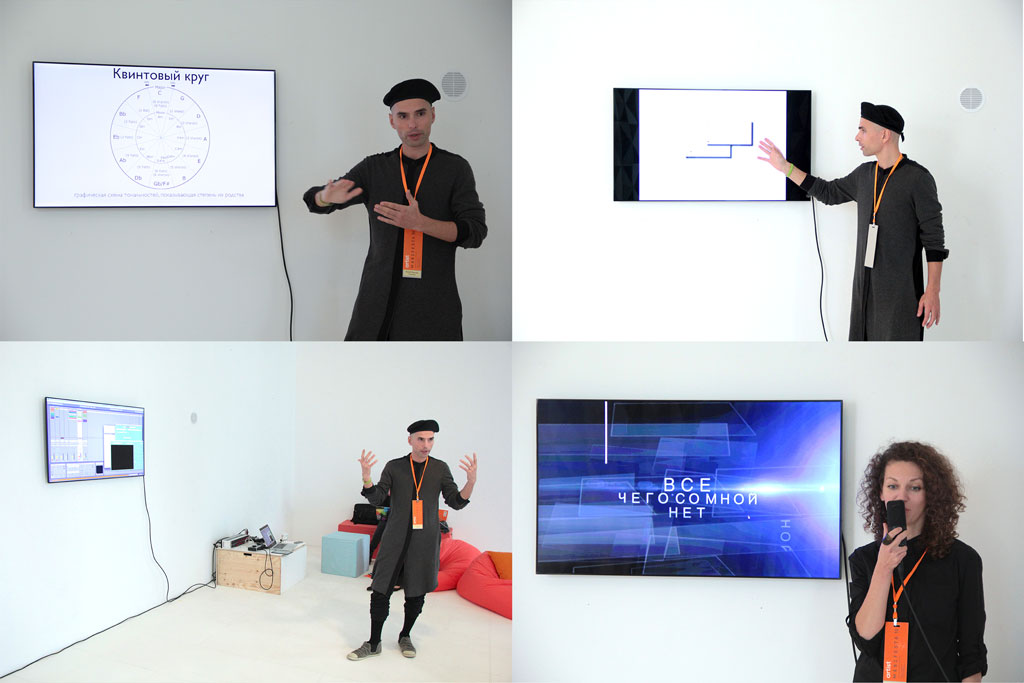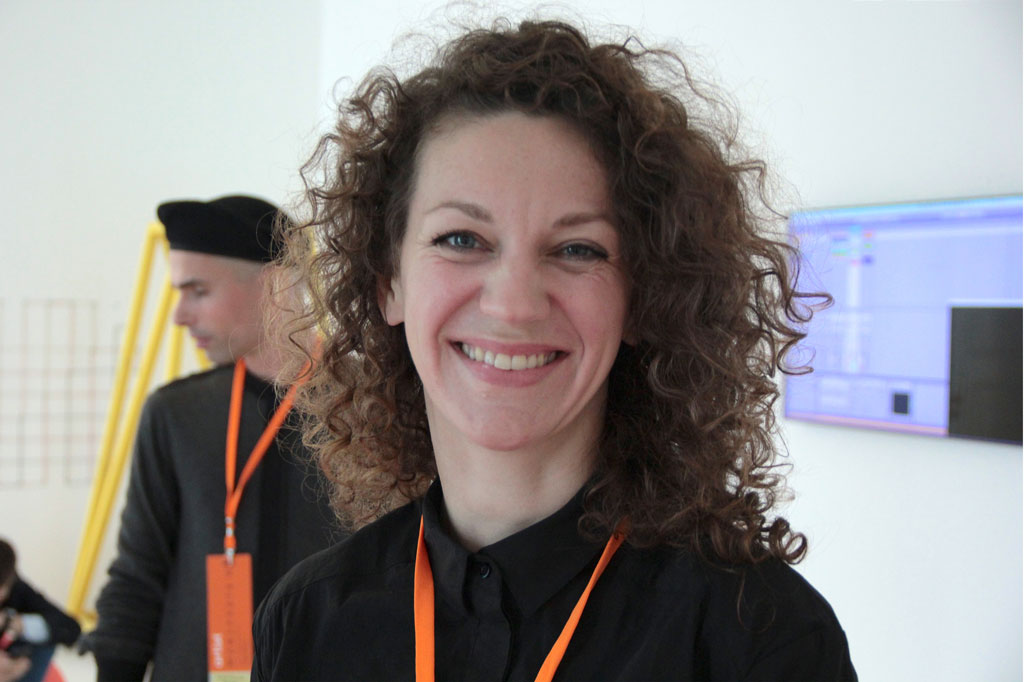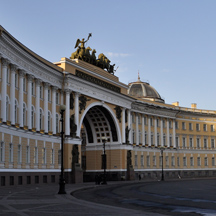
The European Biennial of Contemporary Art
28 June 31 October 2014
St. Petersburg, Russia The State Hermitage Museum
Taras Mashtalir (Machine Libertine)
Technique: Video art, sound sculpture
Target Audience: Developers, IT specialists
Art in public space shapes the character of the city, more traditional statues and public monuments in the city usually don’t have sound incorporated into them. Nevertheless, they are surrounded by a variety of sounds: noise from construction, talking, the hum of machinery, etc. A steady stream of such sounds we call "sound pollution". One of the ways to improve the climate of public spaces to eliminate sound pollution is via sound design. Sounds of the city are included into the composition of the works, transforming them into a harmonious piece of music. A therapeutic oasis is formed around a sound sculpture, a special space for respite from the busy rhythm of the city. Interactivity is a central element of a sound sculpture: the sound parameters are determined by the audience, the data on the time of day, time of year, weather conditions, etc. Such multi-channel sound composition is designed to breathe life into static sculptural artefacts, as well as to create harmonious sound aesthetics for the urban environment.
Participants of the workshop, experts from the field of IT and computer technologies, were acquainted with the concept and history of sound sculptures, learnt about the technologies used in this field, and participated in a poetic media performance by Machine Libertine.
In a special themed tour of the Biennial the participants explored the interplay of information technology and modern art from Matisse to the present day, thinking about points of intersection between media and art in the history of European art of the XX-XXI centuries.
*Taras Mashtalir is a composer and producer, working with sounds ranging from experimental to popular music. Among his works - media installations and musical compositions for films and animation, advertising and for programs such as the Discovery Science Channel, History Channel, Speed Channel and others.
* The authors of the Machine Libertine project explore the possibility of transforming text through its visualisation and mechanised reading. In their "Manifesto of machine poetry" they call for the use of machinery in artistic and educational purposes and for the release of cars from routine tasks. In their performance Machine Libertine connected techno-aesthetic poetry reading with HD projection and multi-channel sound.
